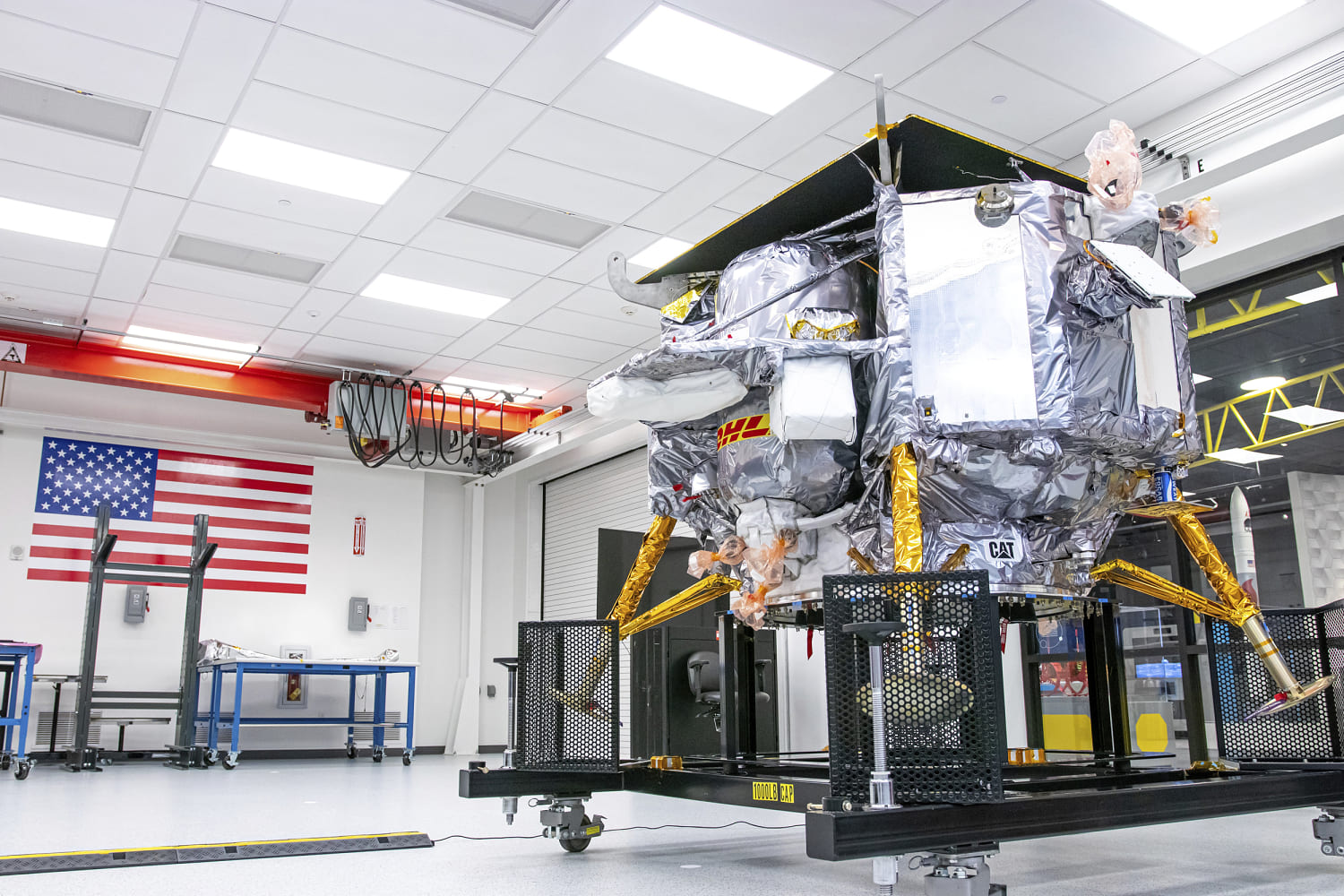The moon, our celestial neighbor, is about to witness its first-ever commercial mission. This private endeavor is backed by NASA’s Commercial Lunar Payload Services program, a crucial part of the agency’s mission to return astronauts to the moon. Through this initiative, NASA can award contracts to private companies for transporting scientific instruments and equipment to the lunar surface.
The partnership between NASA and commercial providers is a strategic move to enable more frequent and cost-effective moon missions. Joel Kearns, Deputy Associate Administrator with the Science Mission Directorate at NASA headquarters, believes that this collaboration will leverage entrepreneurship and innovation within the American industrial base.
Leading the charge is the Peregrine lander, the inaugural spacecraft launch under NASA’s Commercial Lunar Payload Services program. As it embarks on this historic journey, the Peregrine will carry five NASA instruments, including radiation gauges to measure the lunar surface’s radiation environment and spectrometers to analyze material abundance like hydrogen.
Alongside these scientific payloads, the mission will also include unconventional items. Elysium Space and Celestis, two companies specialized in “space burials,” will send cremated remains into orbit or to the moon as part of their services.
Astrobotic’s involvement with Elysium Space and Celestis has sparked some controversy. Buu Nygren, President of the Navajo Nation, expressed concerns about leaving human remains on the moon, considering it a profound desecration of a celestial body revered in many Indigenous cultures. John Thornton, CEO of Astrobotic, acknowledged the concerns and is eager to find a resolution with the Navajo Nation.
If all goes as planned, the Peregrine lander will touch down on the moon on February 23 after its scheduled launch on Monday. The landing site, known as Sinus Viscositatis, once witnessed ancient lava flows.
John Thornton, in a pre-launch briefing, emphasized the significance of the Peregrine mission for the commercial space sector in the United States. He believes that this flight could usher in a new era of space technology and innovation, not just for Astrobotic but also for the city of Pittsburgh, which has reinvented itself after facing industrial downturns.
“This mission is a representation that if Pittsburgh can land on the moon, Pittsburgh can do anything,” Thornton remarked confidently.
For more information on this exciting endeavor, visit F5mag.com.

